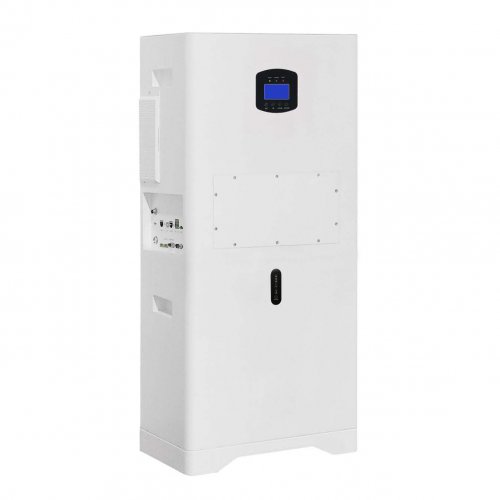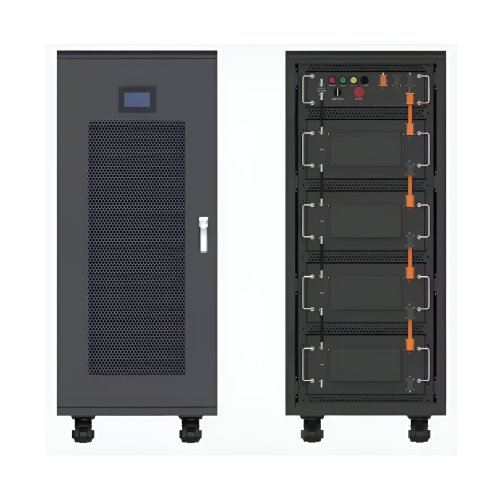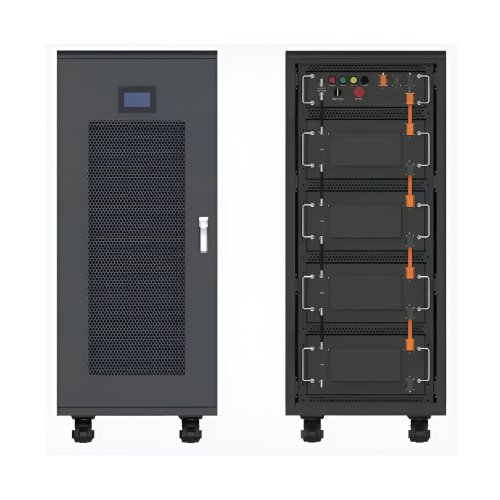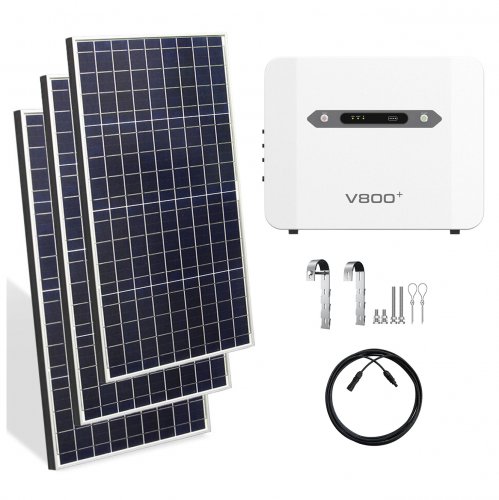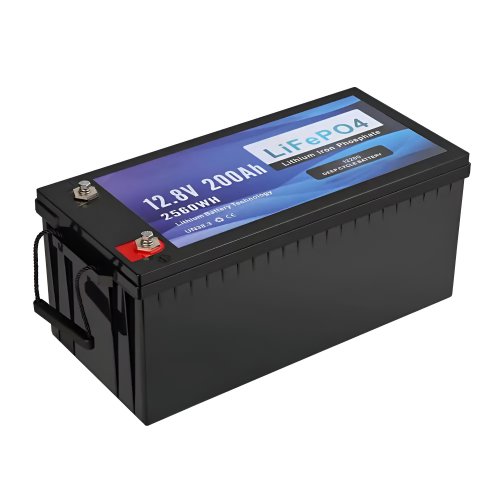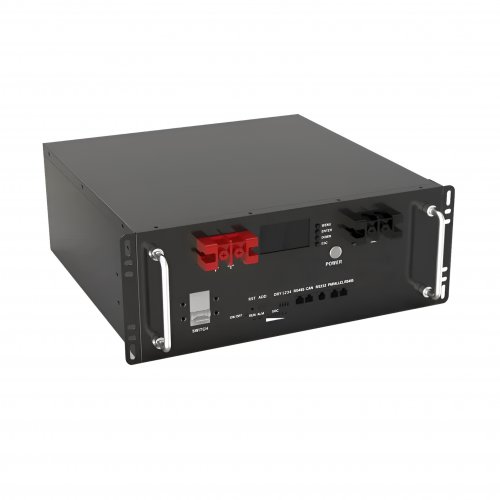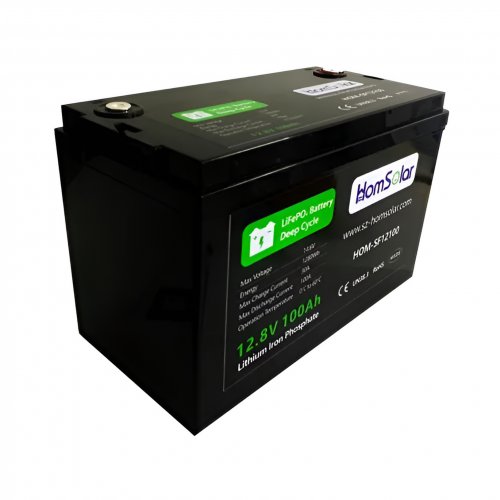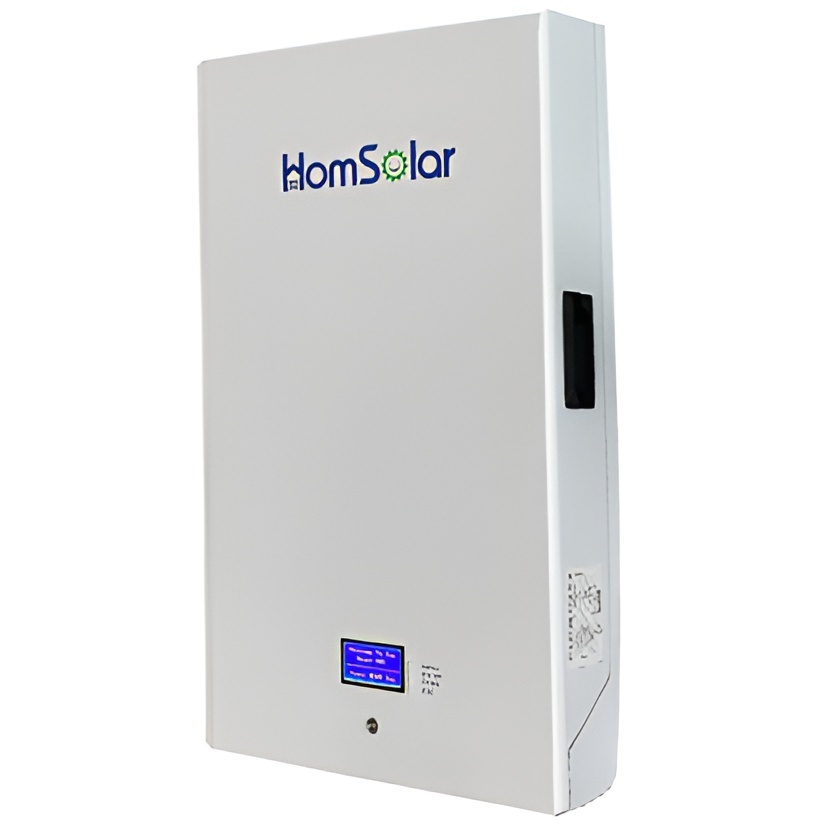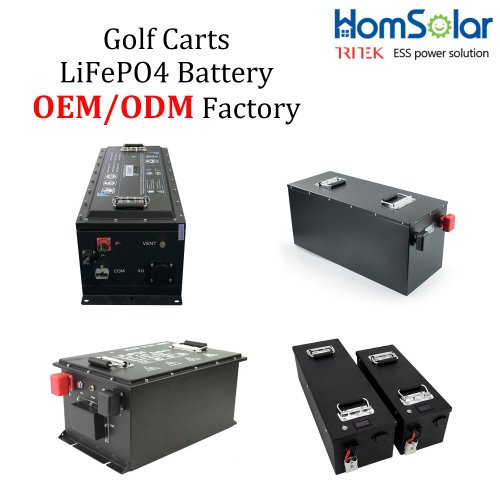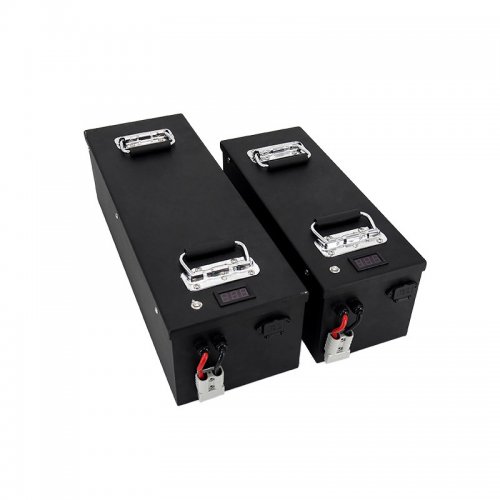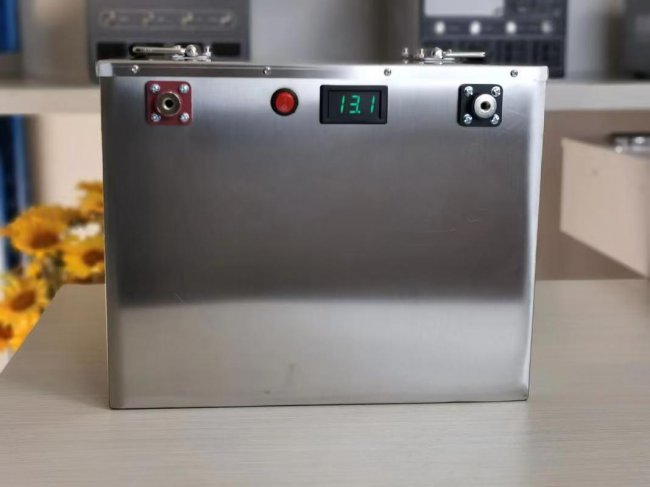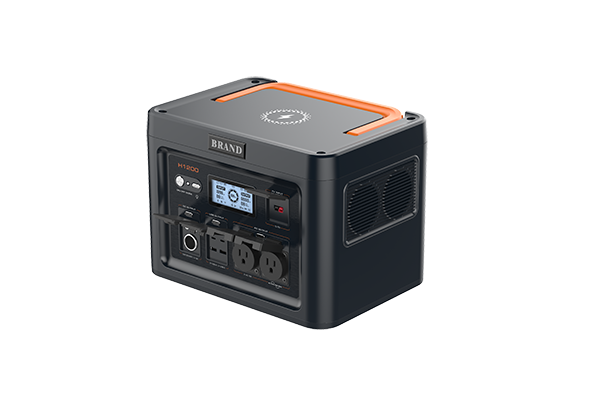Wind tunnel tests show spacing between panels is key to reduce soiling
Researchers from China’s Ningxia University have investigated dust deposition characteristics on PV panels using a series of wind tunnel experiments. Specifically, they have focused on how variations in tilt angle, mounting height, spacing, and incoming flow direction influence the mass of the accumulated dust and the distribution of different particle sizes.
“The innovative aspect of this study lies in its empirical approach to quantifying the relationships between installation parameters and dust characteristics, thereby offering practical recommendations for enhancing the efficiency and performance of photovoltaic systems in environments prone to dust accumulation,” the team explained.
The wind tunnel used for the experiments had a length of 21 m and a height and width of 1.2 m, respectively. To simulate desert environments, fine dust particles were introduced from the upper section of the wind tunnel at a wind speed of 5 m/s. Four identical PV panels, measuring 670 mm in length and 350 mm in width, were placed in a row inside the tunnel.
“The experiment was conducted over a duration of approximately 14 days, during which the average air temperature was 12 C, and air humidity was 25%, with no recorded precipitation in the period of our experiment,” added the academics. “To ensure the reliability of the results, all tests were conducted in triplicate, and the average value was recorded for analysis.”
Testing for the impact of different panel inclinations, the team has positioned the panels at 0°, 15°, 30°, 35°, 45° and 60°. Per their findings, as the tilt angle increases, dust accumulation on the first panel exhibits a nearly exponential growth pattern, while the latter three panels display an initial increase followed by a decrease.
“The maximum dust accumulation occurs at tilt angles between 30° and 35°. Compared to the dust accumulation at zero tilt angle, the dust accumulation on PV2, PV3, and PV4 can increase by up to 50%, 200%, and 275%, respectively,” the academics said. “These findings suggest that optimizing the inclination angle of PV panels can effectively reduce the impact of dust accumulation.”
Next, the team analyzed the effects of wind direction on dust deposition, testing angles of 0 to 90° between the panels and the wind flow. “The dust deposition mass on PV1 initially increases before subsequently decreasing with changes in wind direction. In contrast, the dust mass on PV2, PV3, and PV4 exhibits an initial increase followed by an exponential decrease as the wind direction angle increases,” they found.
Looking at different mounting heights, the panels in the tunnel were tested at 10 cm, 20 cm, 30 cm, and 40 cm. “A significant discovery of this research is that, when the spacing between panels exceeds twice the panel height, the mutual influence on dust deposition becomes negligible, thus informing best practices for installation spacing,” the group said.
The results were presented in “Dust deposition characteristics on photovoltaic arrays investigated through wind tunnel experiments,” published in Scientific Reports.
Customized/OEM/ODM Service
HomSolar Supports Lifepo4 battery pack customization/OEM/ODM service, welcome to contact us and tell us your needs.


HomSolar: Your One-stop LiFePO4 Battery Pack & ESS Solution Manufacturer
Our line of LiFePO4 (LFP) batteries offer a solution to demanding applications that require a lighter weight, longer life, and higher capacity battery. Features include advanced battery management systems (BMS), Bluetooth® communication and active intelligent monitoring.

Customised Lithium Iron Phosphate Battery Casing
ABS plastic housing, aluminium housing, stainless steel housing and iron housing are available, and can also be designed and customised according to your needs.

HomSolar Smart BMS
Intelligent Battery Management System for HomSolar Energy Storage System. Bluetooth, temperature sensor, LCD display, CAN interface, UART interface also available.


Terminals & Plugs Can Be Customized
A wide range of terminals and plugs can be customised to suit the application needs of your battery products.

Well-designed Solutions for Energy Storage Systems
We will design the perfect energy storage system solution according to your needs, so that you can easily solve the specific industry applications of battery products.



About Our Battery Cells
Our energy storage system products use brand new grade A LiFePO4 cells with a battery lifespan of more than 4,000 charge/discharge cycles.



Applications in Different Industries
We supply customized & OEM battery pack, assemble cells with wiring, fuse and plastic cover, all the cell wires connected to PCB plug or built BMS.
Applications: E-bike, Electric Scooter, Golf Carts, RV, Electric Wheelchair, Electric Tools, Robot Cleaner, Robot Sweeper, Solar Energy Storage System, Emergency Light, Solar Power Light, Medical Equipment, UPS Backup Power Supply.
We can provide you with customized services. We have the ability to provide a vertical supply chain, from single cells to pack/module and to a complete power solution with BMS, etc.


HomSolar (Shenzhen) Technology Co., Ltd







